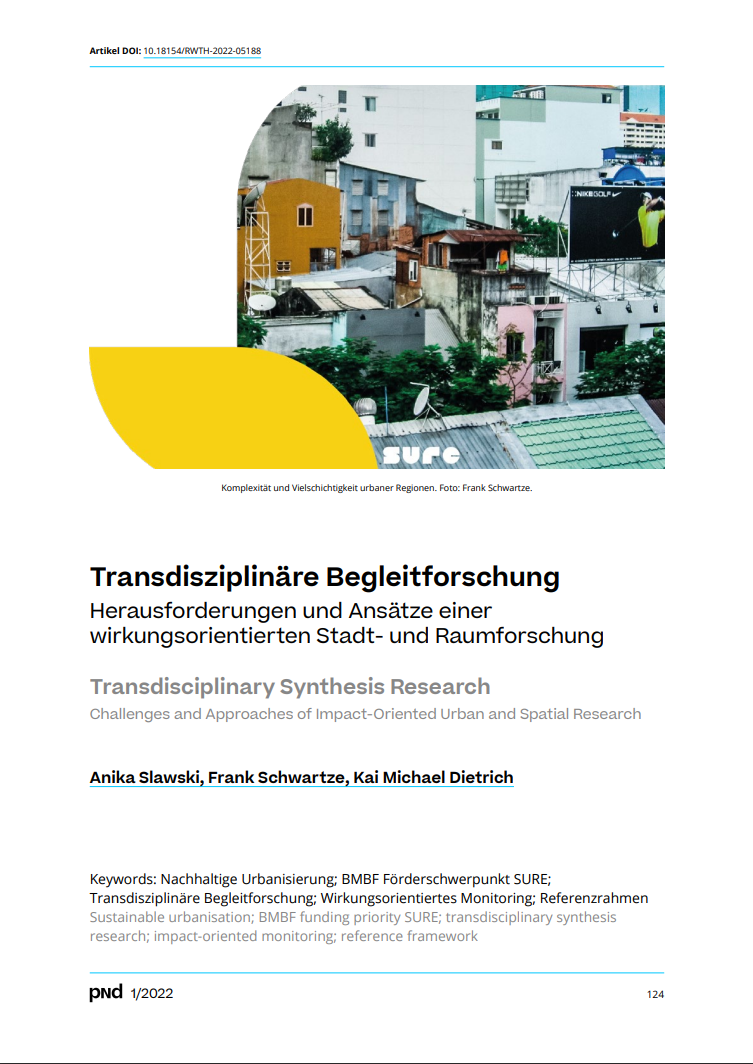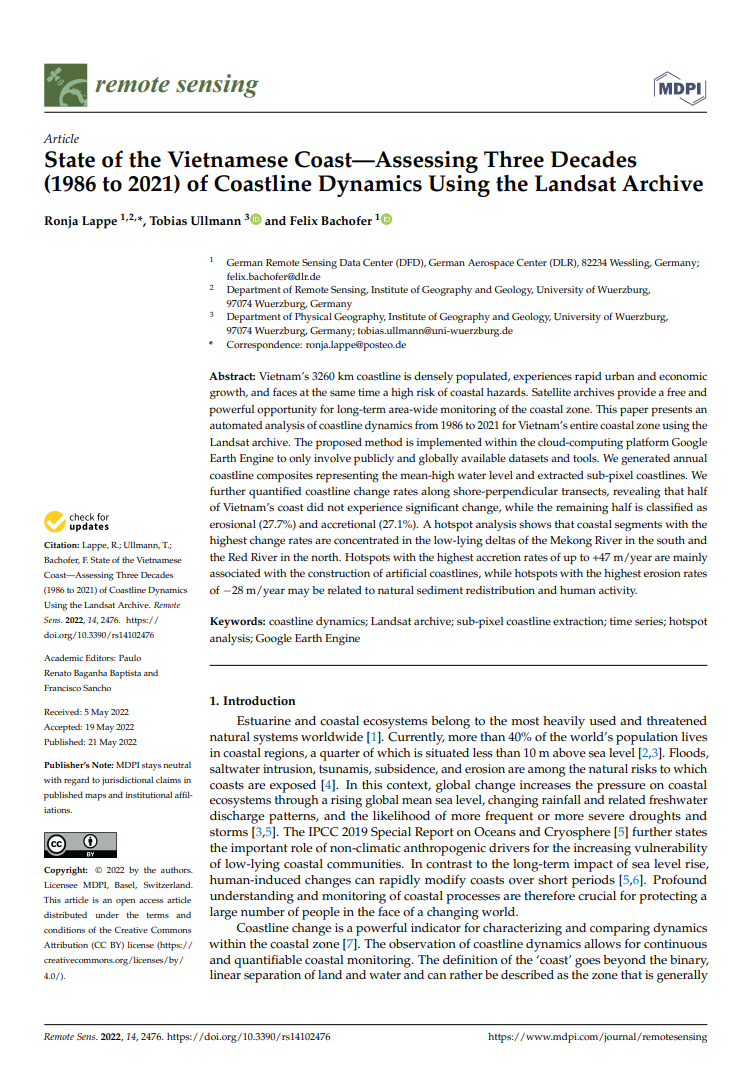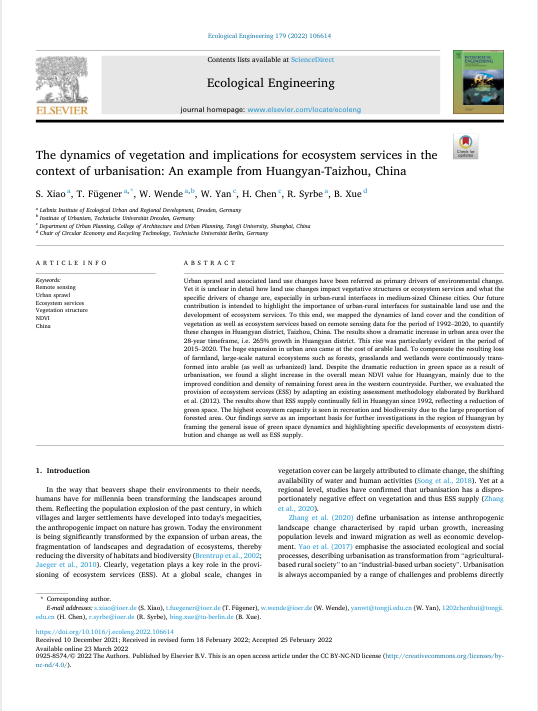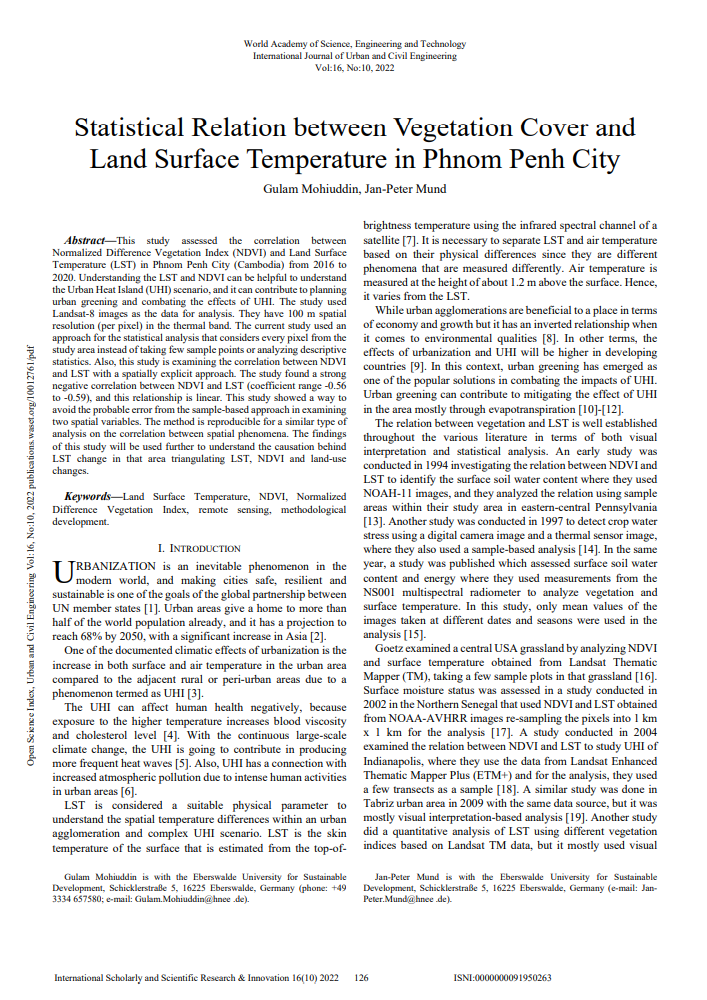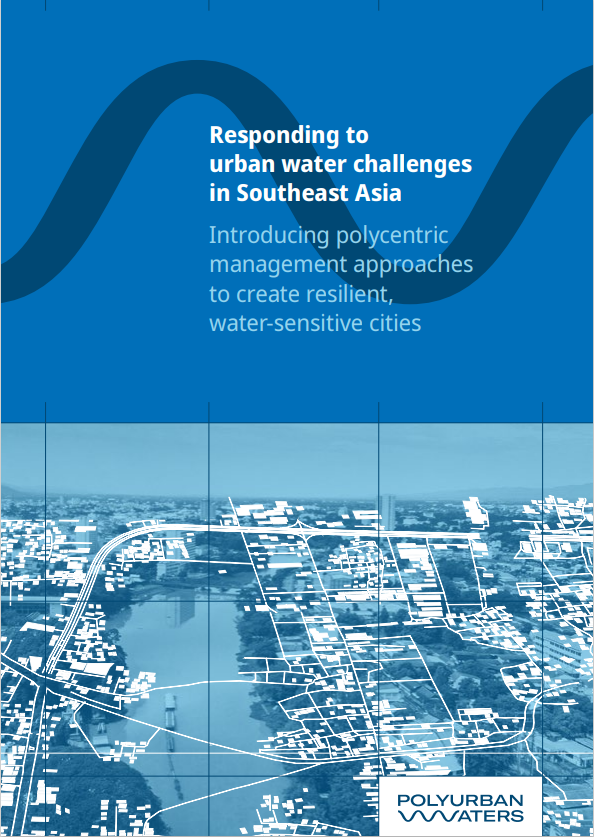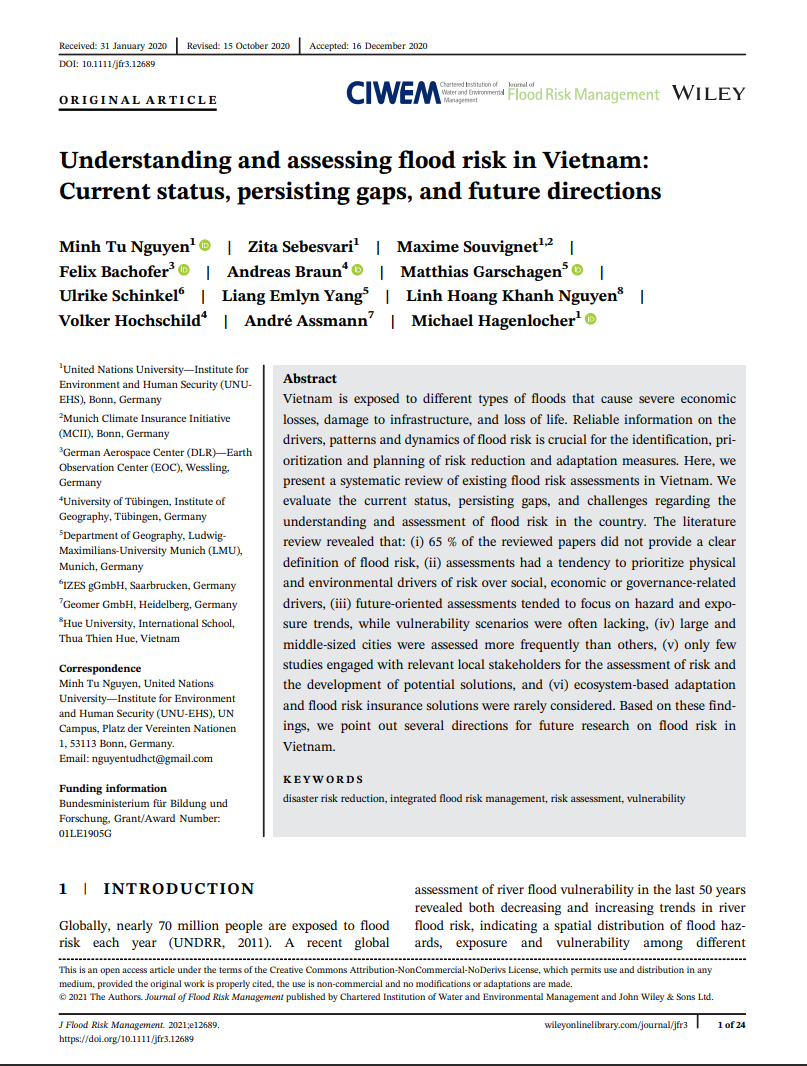With the rapid urbanisation in Africa and East and Southeast Asia, the question arises how we can find adequate concepts for sustainability-oriented cities. In this context, urban and spatial research is more and more confronted with questions on how its results contribute to urban transformation and how the effects of transdisciplinary research projects can be measured. Since 2019, the BMBF has been funding ten projects in Southeast Asia and China under the umbrella of the SURE funding priority to provide impetus for the long-term implementation of sustainable urban development strategies. Part of the funding priority is the transdisciplinary Facilitation and Synthesis Research Project, which establishes a methodological approach to highlight the impact of urban research in the context of rapid urbanisation. For this purpose, an impact-oriented monitoring is proposed, which includes a reference framework whose theoretical and methodological conceptions are discussed in this article.
Publications
The members of the inter- and transdisciplinary funding priority »Sustainable Development of Urban Regions« publish their research results in various types of publication, that are appropriate for the respective research and implementation. In addition, the funding priority itself issues different formats of publication in which the international researchers of SURE publish their results.
A chronologically ordered selection of SURE related publications can be found here. If you are interested in a comprehensive list, please visit the individual websites of the SURE collaborative projects!
